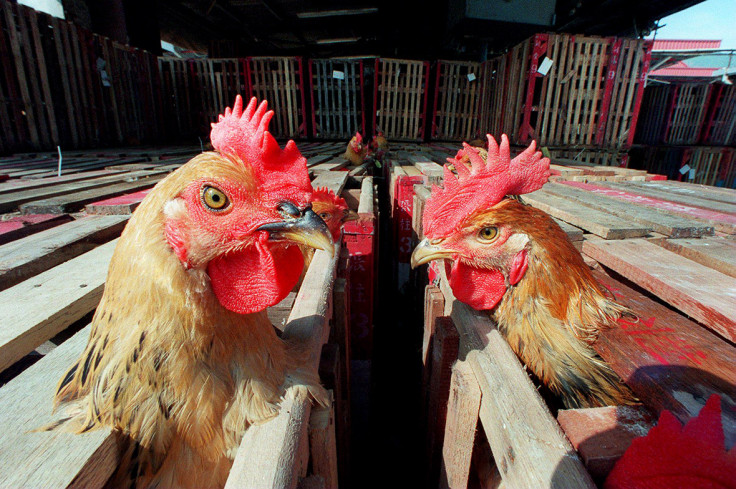11-year-old girl in Cambodia dies of bird flu
Bird flu is one of the hundreds of deadly diseases transferred between animals and humans.

An 11-year-old girl died in Cambodia's eastern Prey Veng province after being infected by the bird flu virus.
According to local media reports, the girl fell sick on February 16 with a fever, cough, and sore throat. She was initially admitted to a local hospital in the province but was taken to a hospital in Phnom Penh for treatment after her condition worsened.
She was diagnosed with bird flu only on Wednesday and passed away shortly after, according to Cambodia's Communicable Disease Control Department. The officials did not specify the time of death but revealed that the girl was "positive for H5N1," commonly known as bird flu, writes The Guardian.
The last time Cambodia reported a case of bird flu was in 2014, according to Mam Bunheng, the country's health minister. As many as 56 human cases of bird flu have been reported in the country during the period between 2003 and 2014. Globally, 450 fatal bird flu cases have been reported since 2003.
The Cambodian health authorities have started an investigation to track the source of the infection. They have taken samples from a dead wild bird at a conservation area near the girl's house in Prey Veng province.
Avian flu is one of the hundreds of deadly diseases transferred between animals and humans. Most avian influenza viruses do not infect humans; however, certain strains are infectious to humans. These include H5N1, H7N3, H7N7, H7N9, and H9N2.
The most common type is the avian influenza sub-type H5N1 virus. Bird flu can infect humans who come in contact with an infected bird.
Symptoms are like most other common cases of flu, but it could turn fatal when it worsens into an acute respiratory disease. Some of the symptoms of H5N1 include cough, colds, and fever. In severe cases, the lungs can get affected too.
The H5N1 virus has spread from Asia to Europe and Africa after it first infected humans in 1997 in Hong Kong. The virus is endemic in several countries, posing one of the most serious concerns for human health.
North and South America have been seeing severe outbreaks of the virus since 2021. Tens of millions of birds had to be culled in different regions of the world to curb the spread of bird flu.
Last month, WHO director-general Tedros Adhanom Ghebreyesus also expressed concerns about the spread of the virus. "H5N1 has spread widely in wild birds and poultry for 25 years, but the recent spillover to mammals needs to be monitored closely," he said.
However, the risk to humans is currently low, according to Tedros. "But we cannot assume that will remain the case, and we must prepare for any change in the status quo," he added.
© Copyright IBTimes 2025. All rights reserved.





















